
As one might expect I continue to crisscross the United States conducting leadership academies and consulting services. After more than thirty years of such travel, I find few surprises.
Airports are airports. Aircraft are aircraft. Rental cars are rental cars. Motels are motels. Restaurants are restaurants. There is little, if anything, about the mechanics of travel that I find exciting, motivational, or even remarkable.
That noted, I continue to be deeply honored with opportunities to meet people all across this country, to hear about the Universe from their perspectives, and, when asked, to pass along a few things I have learned in the short time we have together.
Recently while waiting for a flight, I spent a few minutes browsing through a bookstore at San Francisco International Airport. As I scanned the displays I was struck by the enormous amount of expensive floor space occupied by the “Self Help” section.
The book titles did their best to entice a purchaser. Like puppies at an Animal Shelter, they pleaded – beckoning the reader to pick them. Doing so was bound to be a ticket to Leadership Heaven. Buying one of those books would help the purchaser be better, to excel, to be healthy, to manage creativity, to be successful in relationships, to be better leaders, to be more loving, to be better team members, to be better parents, to be …. well, clearly whatever the prospective purchaser sees as deficiencies requiring therapeutic reading as they kill time in an airport.
I no longer read such books; I write such books.
Too soon many such books – including mine – are relegated to the twenty-five-cent fire sale bin or end up in a box with old lamps, six-inch floppy disks, and castoff corduroy pants deposited at a local Goodwill store.
As I have noted elsewhere, we’re each and all simply trying to make sense of our surroundings. And, as gambling addicts do, we keep spinnin’ that shiny Blingwheel hoping to hit it big on something – anything – that will rescue us from our own choices.
The book titles in the “Self Help” section are always clever combinations of singsong catchphrases, tag lines, ancient symbolism, and not a few exclamation points all proclaiming, in their own, pleading way, “You can do it! You’re not it now, but, you can be it! You can!”
While looking across hundreds of similarly pleading titles I turned to a woman standing next to me and said, “Y’know, this genre must be selling well or there wouldn’t be so many of them. One would think that with all these self-help books everyone in the United States would be pretty healthy about now.”
“Yes, we should be,” she said as she smiled, also surveying the enormous display.
Then, rolling her eyes in what I interpreted to be absolute disgust, she quietly said, “Yet, look at us. Just. Look. At. Us.”
‘Yes, after all the books and bling, Just. Look. At. Us. One of Life’s persistent conundrums,’ I thought as I headed for my assigned gate.
It seems to me that – like a cat fascinated by a laser – we are attracted to shiny baubles throughout life – our baby toys, an engagement ring, that graduation certificate with a gilded seal, the attractive political candidate, a corporate logo, a book, an instant course with a cool title, a bumper sticker philosophy – anything with the promise of magical redemption through, “self-help.”
In the 1980s every supervisor in the corporation where I worked attended a meeting where we had – with suitable fanfare – the big Total Quality Management1 (TQM) three-inch thick, three-ring binder bestowed upon us. No doubt the corporate decision-makers spent tens of thousands of dollars to bring such a program of revelations into the organization’s meeting rooms with the intent to save the heart and soul of corporate culture.
The binder was a treasure trove of forms. The pages were sprinkled with inspirational quotes and jargonized guidance. It was the newest, shiniest thing most people had ever seen. Adherence to the words would solve most if not all of our daily problems. Subsequently, we each and all got volunteered to attend follow-up meetings where chapters and verses within the book were revealed by enthusiastic speakers at podiums accompanied by facilitators making notes on flipcharts and seeking “feedback.”
Glory!
More salvation was promised and would be revealed in future meetings. We were going to be more wonderful than we could imagine. We would all, at last, be happy with our workplace. We were excited because we were told the book and the messages it contained were transformative – opening the doors to peace and prosperity for us and absolute borderline delirium for our customers and clients.
We lugged those notebooks to meetings. Every one of my fellow corporate vice presidents had a copy on their desks …
… then on a shelf …
… then in a drawer …
We diligently photocopied forms and guidance as if they were sacred Scripture. Some of us became disciples and launched our own shining forums in front of rooms filled with people looking for answers.
As it turned out, the shine came off within a year as people reverted to the default dysfunctions from which they originally derived their emotional payoffs. Life for unhappy people is a happy life for them. For many, dysfunction is not an event it is a lifestyle.
Due to the relentless efforts of naysayers to undermine the thing, proselytes got tired or disillusioned. The masses rejected the binders, rejected the forms and lessons and soon thereafter the mere mention of the term “TQM” was met with ridicule and disdain. Its few remaining advocates – myself included – were simply disregarded because the larger population echoed the naysayer party line that the entire belief system had “failed.” Redemption from dysfunction was put off for another time and place.
The naysayers had nothing with which to replace the “failed” attempt, but at least they ensured that the corporation was no longer wasting resources on big, three-ring binders and, on what they referred to as, “psychobabble.” After all, the naysayers convinced themselves and others that they were doing a good thing by saving money wasted on silly stuff such as improving quality, team satisfaction, and operating efficiencies. It is as if they were shouting, “Now that we’ve gotten rid of the notebooks and that TQM crap, let’s all get back to work!”
Back to the tyrannical gerbil wheel of tasks, personal dysfunctions, and organizational paralysis, that is.
And so it was that all was well for a while … that is, until someone, somewhere in the corporate chain got bored, bought a little book, and brought it to a meeting.
We were then off-to-the-newest-next-and-greatest-self-salvation race because someone read, The One-Minute Manager (Kenneth Blanchard, PhD and Spencer Johnson, MD)2 … It was simple, direct, didn’t require a lot of reading or thinking skills and was touted as the next, great shiny thing that would save us all.
Myself and every one of my fellow corporate vice presidents had a copy on our desks …
… then on a shelf …
… then in a drawer …
As it turned out, due to the focused efforts of a few sarcastic, cynical employees who influenced the many, it, too, “failed.”
The past few generations have been dragged through encouraged to participate in “The 7 Habits Of Highly Effective People” (Stephen Covey)3, “All I Really Need to Know I Learned in Kindergarten” (Robert Fulghum)4, Six Sigma (Bill Smith / Motorola)5, Who Moved My Cheese (Spencer Johnson, MD – remember that guy from The One-Minute Manager?)6 , Good To Great – Why Some Companies Make The Leap And Others Don’t (Jim Collins)7 and any number of other well-intentioned, quasi-religious, so-called “motivational” writings, chants and prescriptions.
In the 90s we read any and everything by Peter F. Drucker8 hoping he9 would help us unlock the secrets of personal salvation.
More recently we are told John Maxwell10 might save us from ourselves, that newly-upon-the-scene Simon Sinek11 is the best leadership guru … and, if anyone can save our souls it might be Tony Robbins12 and, according to him, it can be done in as few as four days!
BLING!!!
Does anyone wonder how all of us stay in business with all that magic guidance … given that so little ever, truly changes?
In the end, across the United States, lost souls are still looking. Lost employees are still seeking emotional safety and job satisfaction. Lost people are still seeking meaningful relationships. Lost companies and public agencies are still seeking solutions for … I dunno, the pain of yesterday’s human-caused symptoms, I guess.
There is very little change and a statistically insignificant amount of true strategic planning.
We have available to us the sum of human knowledge for all of written human history. The sheer quantity of what we know and to which we have access can be overwhelming.
Yet, this nation – including employees within the Public Safety industry – continues to be divided along political / ideological lines13. We have increased numbers of suicides14, and all manner of horrible dysfunction: divorces15, domestic violence16 murders17, school shootings18, toxic work cultures19; toxic people20; toxic elected officials21 … and the list goes on and on.
I am left with abiding questions: “Do people really change? Do patients really want treatment when they are in love with the disease that’s killing them?”
1994: The year I began to learn that the sincerest form of flattery is getting ripped off by people who have sworn an oath to tell the truth.
My firm was among the first – if not THE first – in the United States to provide comprehensive, private-sector-based, industry-focused leadership, and supervisory training for Public Safety agencies – specifically for Law Enforcement. As early as 1998, by carefully listening to customers, we created an integrated, progressively challenging set of three leadership academies beginning with The Line Employee Academy (24 hours), followed by The Sergeants’ Academy (40 hours) and culminating with The Executive Academy (40 hours). Each dovetailed with the next, helping students at all levels and job classifications learn a common language, focus on common objectives and practice common principles appropriate for their job title.
Before that time there were only a few Law Enforcement retirees teaching an hour or two class in or near their local jurisdictions on weapons qualification or defensive tactics – mainly tactical things for the tactically-minded.
In the early-to-mid-1990s few, if any, had the slightest interest in conducting training or serious organizational development consulting in rooms filled with sarcastic, cynical people with purely tactical focus, wearing guns and belligerently sporting nasty attitudes left over from the 1970s. (I recall one such dinosaur telling me, “If it ain’t about guns, street fighting, drivin’ fast, or how to get out of assault claims, I ain’t interested.”)
The first few years were not easy, but I plugged away. People who appeared hungry for a seat at the leadership table – or who were seeking promotions – kept attending and recommended that others attend my LEAD (Leadership Excellence And Destinations) Academies22. The industry was evolving away from “Old School Management,” “My Way Or The Highway” supervisory / management techniques, and making small efforts to get into, at least, the 20th Century.
My small classes grew into larger classes. A few counties and cities became a lot of counties and cities. More Peace Officer Standards and Training (POST) – or equivalent – organizations started to approve our academies for valuable elective credit.
By the year 2012, new leadership training and consulting organizations were emerging in other states – some of which were initiated by my former students. They created their bling – you know, lots of shiny “stars” and “seals of accreditation” and “seals of certification” and the like. They splattered such things on their budding websites, logos; slide shows; and course materials; and promoted the symbolism of their high-powered state and federal affiliations.
A few of them are still out there and I wish them well. From what I see on their social media sites they took the good lessons and a few quotes away from our work together and now call it their own. The substance of their work seems sound and welcomed by their customers. I wish them well and will help them in any way I can.
A few small training / consulting enterprises fell by the wayside because life on the road was not what they anticipated. I don’t care what kind of bling you have, eating by yourself at a fast food restaurant while lodging at a Motel 6 on the outskirts of some Pissantville in rural America is not a glamorous lifestyle. (To this day I go where the customer is, where the willing student is, where there is a vacuum of meaningful change, and where progress is so important to employees and citizens.)
A couple of erstwhile entities were asked to cease using my firm’s proprietary material because they did not ask permission and tried to pass it off as their own. To this day I do not provide “Lesson Plans” to anyone because at least two, different statewide POST organizations asked for such documents and then attempted to pass the training content off as their own without so much as a reference to my firm’s name in the footnotes. (That is why I believe teaching ethics to some folks in law enforcement after they have been given a job and a weapon is the wrong order of operations.)
And a few former students and consulting clients have made the big leap to national visibility in training and consulting. Their work is linked with the bling of well-funded national and international organizations. I wish them well.
On the other hand, a couple are, at their core, little more than bling-laden self-appreciation clubs with special handshakes and secret decoder rings, giving themselves certificates which they created for themselves. When they run out of platitudes and people to quote without giving credit where credit is warranted they’ll vanish into obscurity.
Some have engineered third-party funding and brand naming to offer training to agencies at “no charge” … which from my vantage point, puts them in the position of competing with the private sector whose livelihood is predicated upon a direct link between service and student tuition – with no third-party payors taking all the risks. Yet, I wish them well.
Having watched the swirl of growth in the leadership training and consulting industry, I continue to ask questions of myself and others engaged in this work: “Does anything ever really change? Or is all this leadership stuff just another shiny bauble for which people can get credit in their training files? Does the bling bring with it sustainable transformation? Does the bling bring with it quantifiable quality? Does the big brand naming bring with it true change in an industry long-and-sorely in need of repositioning itself in the hearts and minds of citizens, prospective employees, and existing employees? Does a certificate with attractive calligraphy endow anyone with the ability to inspire others? Does bling bring with it sustainable progress in the human condition or does it simply bring short-term feelings of warmth similar to what one might experience if a local or national organization with a perceived pedigree peed on one’s leg then gave one a certificate of achievement?
Many folks in Public Safety – including a few of my friends, students, and clients love the short-term bling. They ever seek the next, “new-and-improved,” “gluten-free,” “just add water,” training and consulting stuff, spending tens of thousands of dollars of The People’s money on what quickly becomes yesterday’s bling to move from their desks …
… to a shelf …
… and ultimately to a drawer.
Bling.
Shiny stuff such as crests, logos, challenge coins, special hats, pens, and other disposables are everywhere. Magical phrases on certificates and signed by people with strings of post-nominal initials and titles are intended to endow the recipient with feelings of large leadership.
I have learned that too many symbols simply make it easier for people who don’t want to think to buy into the surface of beliefs. Bling such as crests, hats, challenge coins (if you just hand me one of those rather than showing you know the sacred, symbolic history of such a transaction, please don’t bother); special chants, certificates, rings, and so on are transient feel-goods in a world where feel-goods are sorely needed. But that’s all they are – transient feel-good stuff.
It’s not that I dislike any of those shiny distractions.
I simply doubt that, by itself, bling directly translates to substance. Bling by itself does not bring sustainable change. Sooner or later it moves from the desk …
… to a shelf …
… to a drawer …
… to be replaced by the next shiny promises of everlasting life in an idealized world of “leadership excellence.”
I don’t have any bling to flash around. I have no organizational crests or quasi-military affiliations and such. I’m just a guy who enjoys the people with whom I work – passing along the things that beloved mentors have taught me and honoring them by giving them all the credit all the time.
My mentors didn’t need bling. They were inspirational leaders. They felt no need to wave their arms and preach – they just went about their business and thereby touched the souls of others.
A certificate from The Results Group, Ltd. won’t get you into Leadership Heaven. None of the books I have written or will write contain a recipe for effortless ascension to the next rank.
I simply work to pass along tried and true, practical tools and models that, when introduced into learning organizations at all levels, can transform their culture.
When they choose to do so.
I have learned that the chances of an event occurring are directly proportionate to the amount of effort one puts into it. Sustainable, meaningful change requires consistent effort and lots of it. It requires introspection and a commitment to lifelong learning. It requires a steadfast commitment to replace faulty attitudes and beliefs among all employees, the organization, and the entire industry. It requires support and engagement from customers.
All the bling and the big notebooks and airport bookstore self-help sections are useless if all they do is promise Nirvana without some emotional investment by the traveler to change, to fully embrace and execute upon the principles, and to choose sustainable adulthood. People who attend training without returning to their organization and implementing that training have wasted The People’s money.
I continue to believe that this thing we call, “leadership” may well be an imaginary carrot dangling from a hypothetical string attached to a magic wand held by a yard gnome riding a unicorn.
Perhaps it is not a real thing.
Perhaps it all boils down to being a Grown. Up. Adult.
Yes, since the mid-90s numerous local, statewide, and national organizations have sprung up out there, touting their soothing salves and magic potions of leadership, sporting their unique-but-stereotypical bling. The training and consulting industry for Public Safety organizations has grown over the past thirty years.
Yet, I wonder, has anything really changed? To this day, in spite of all the books and lectures and bling the Public Safety industry is still in the “repair” mode … it has yet to achieve, “The Four Results That Matter.23”
The physical and emotional safety of Public Safety employees is still beyond the grasp of too many agency decision-makers; I know of no agency that has adequate, sustainable, dedicated funding; few, if any agencies have a minimum of 90% satisfaction among their constituents; and few, if any, have achieved a sustainable, minimum 90% satisfaction among their employees with job-related conditions … and no agency is in the maintenance mode for all four.
After all the books and conferences and videos and arm waving, very little, if anything, has changed.
Despite all the bling, I again quote the lady from the airport bookstore, “Look at us. Just. Look. At. Us.”
We’re here for a short time. Don’t get blinded by the bling.
Lead like you mean it.
Better yet – Adult like you mean it.
-
ONLINE: 10 hours
August 4 - 5Effective Leadership Skills
$129.00Successfully Added to your Shopping CartAdding to Cart... -
ON LINE
STRATEGIC PLANS MADE EASY!
Begins October 6 !How To Write Your Own Strategic Plan
$3,500.00Successfully Added to your Shopping CartAdding to Cart... -
Online
Self-Schedule!Personal Coaching Services For Individuals & Teams!
$0.00Successfully Added to your Shopping CartAdding to Cart... -
ON SITE
Aug 25 - 29The Leadership Academy - West Richland, WA
$500.00Successfully Added to your Shopping CartAdding to Cart... -
ONLINE! LIVE!
July 23 - 25The Leadership Academy For Everyone - Online
$375.00Successfully Added to your Shopping CartAdding to Cart... -
ONLINE! LIVE!
September 24 - 26The Leadership Academy For Everyone - Online
$375.00Successfully Added to your Shopping CartAdding to Cart... -
ONLINE! LIVE!
August 20 - 22The Leadership Academy For Everyone - Online
$375.00Successfully Added to your Shopping CartAdding to Cart... -
CLASS
ROOM
June 23 - 27, 2025
40 HRSThe Leadership Academy: Clallam County/ Port Angeles, WA
$500.00Successfully Added to your Shopping CartAdding to Cart... -
ON LINE
Sep 8 - 12
40 HRSThe Sergeants' Academy: On Line
$350.00Successfully Added to your Shopping CartAdding to Cart...

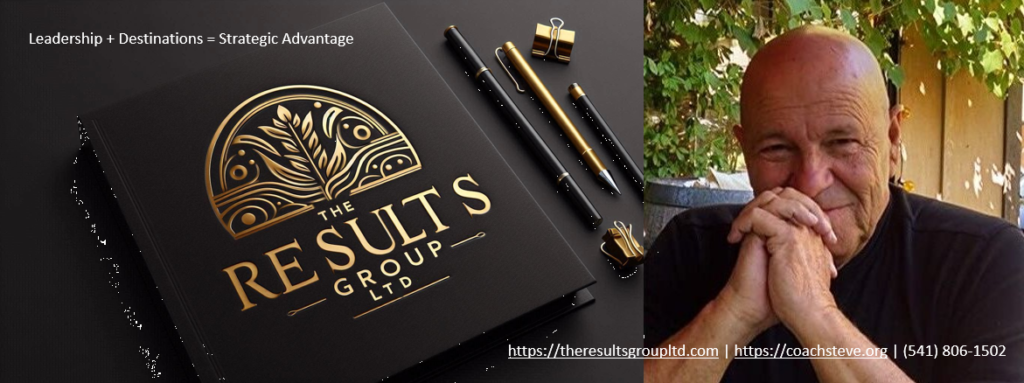
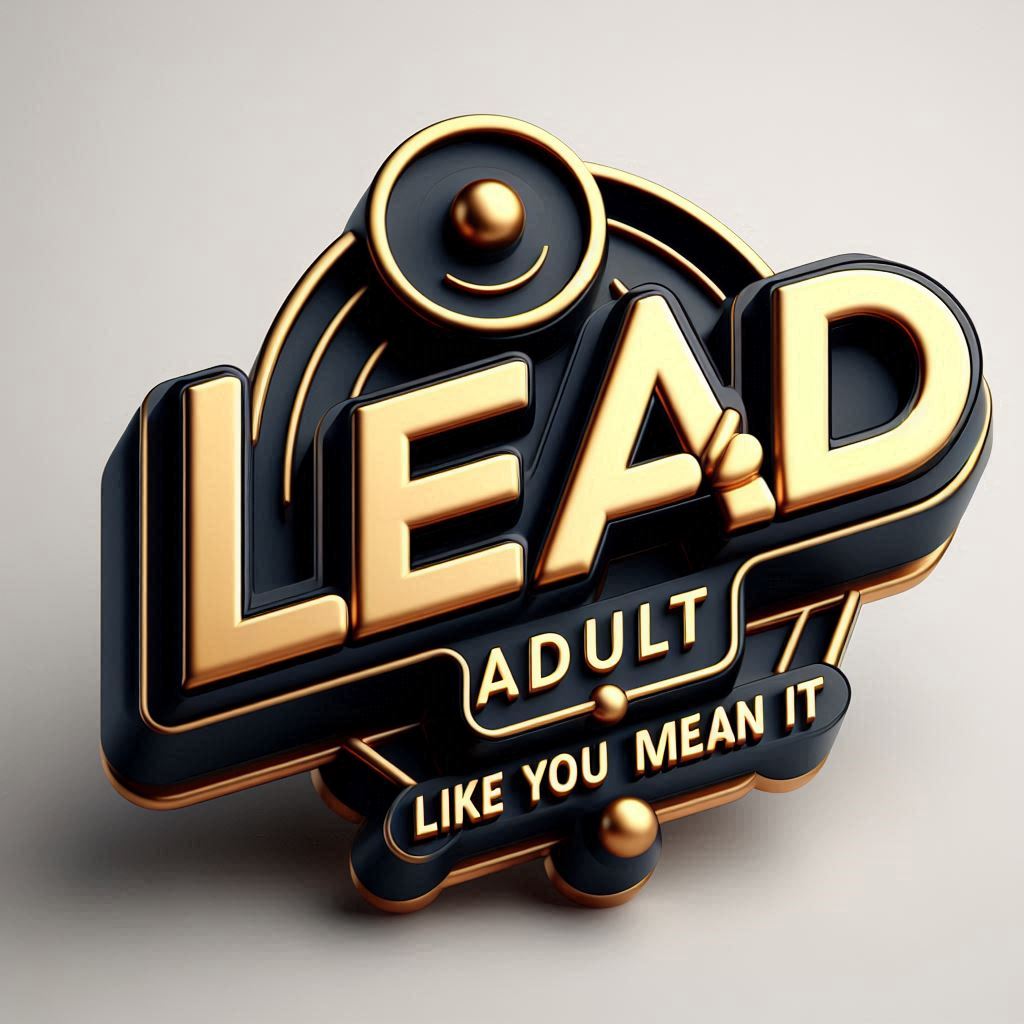


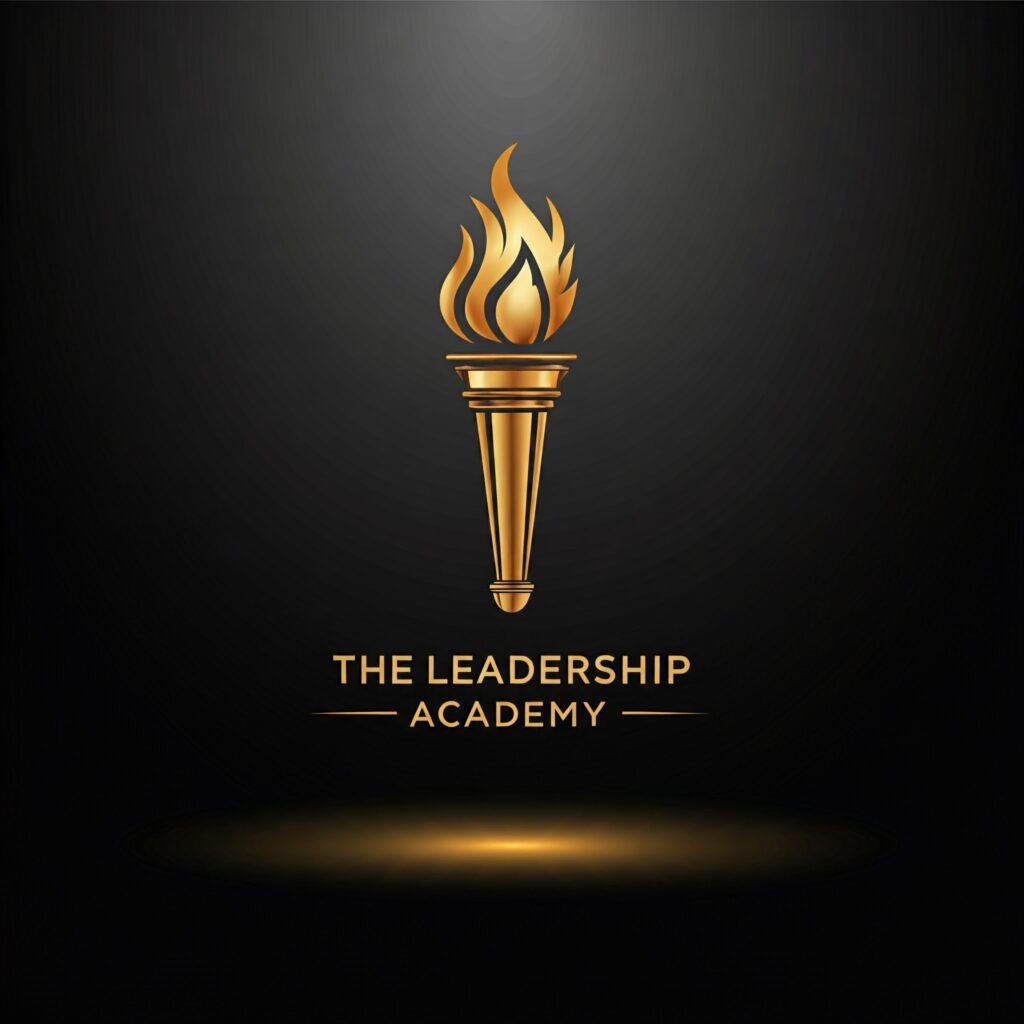

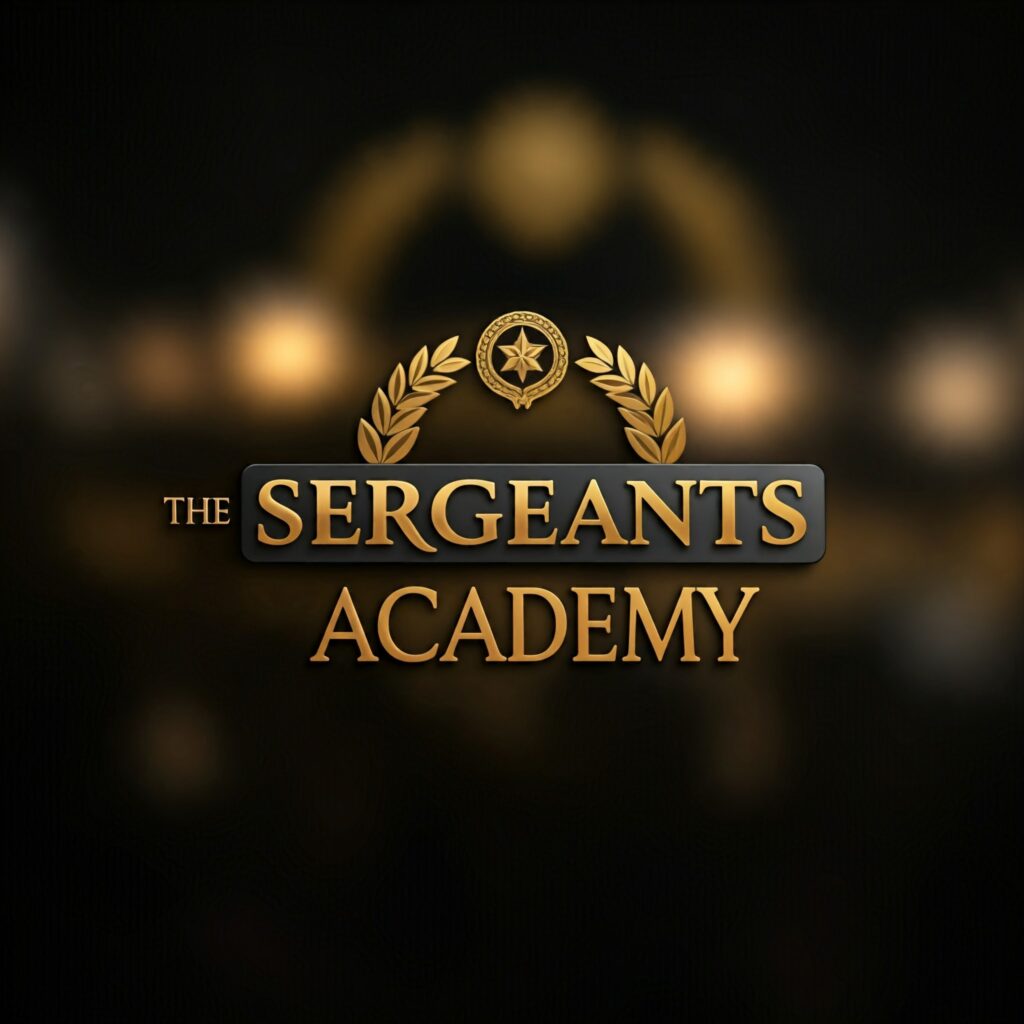

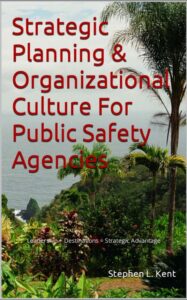

Please comment with your real name using good manners.